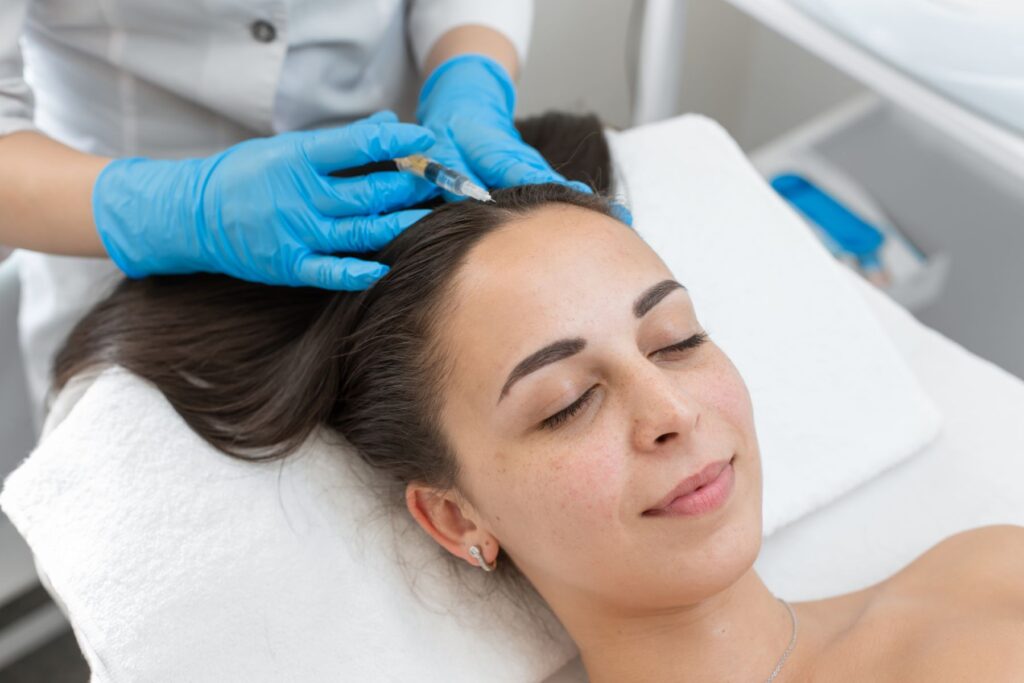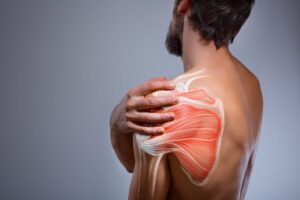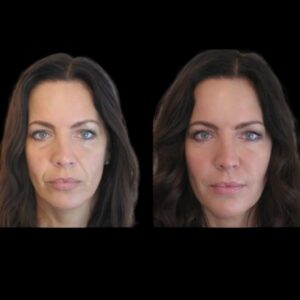
Understanding Hair Thinning and Loss
Hair thinning and loss can stem from various factors including genetics, hormonal changes, stress, aging, and environmental influences. Regardless of the cause, the result is often the same — a diminished hairline, reduced volume, and weakened strands that can lead to emotional distress.
Traditional solutions have included topical treatments, medications, or surgical procedures, but many seek less invasive, more natural options. PRP therapy has emerged as an innovative choice that harnesses the body’s own healing powers to support hair restoration.
What Is PRP and How Does It Work?
Platelet-Rich Plasma (PRP) is a concentration of platelets derived from the patient’s own blood. Platelets contain growth factors that promote healing and tissue regeneration. When injected into the scalp, PRP stimulates dormant hair follicles and encourages new hair growth.
The process involves drawing a small amount of blood, which is then spun in a centrifuge to separate the plasma rich in platelets. This plasma is carefully injected into targeted areas of the scalp, delivering a boost of nutrients and growth factors that can revitalize hair follicles.
The Science Behind PRP for Hair Health
PRP therapy capitalizes on the body’s natural ability to repair and regenerate tissue. The growth factors found in platelets activate stem cells in hair follicles, encouraging them to shift from a resting phase into an active growth phase.
This stimulation can improve the thickness and strength of existing hair while promoting the growth of new strands. Over time, treated areas often show increased density and improved scalp health, contributing to an overall fuller and healthier appearance.
Why PRP Is Considered a Breakthrough Treatment
Unlike many hair care products that work superficially, PRP targets the root cause of hair thinning by directly nourishing the follicles. Because it uses the body’s own biological materials, it is considered a natural and holistic approach with minimal risk of allergic reactions.
PRP therapy’s ability to rejuvenate follicles rather than simply masking hair loss has made it a preferred option for individuals looking for long-term improvement rather than temporary solutions.
The Benefits of PRP for Hair Restoration
One of the key benefits of PRP is its versatility. It can be used for a variety of hair loss conditions, including androgenetic alopecia (pattern baldness), thinning hair due to stress, and even hair loss following medical treatments.
Patients often notice improvements not only in hair thickness but also in hair quality — strands become stronger, shinier, and less prone to breakage. The overall scalp environment improves as well, supporting sustained hair health.
What to Expect During a PRP Treatment Session
PRP treatment sessions are relatively quick and minimally invasive. After a simple blood draw, the preparation of the platelet-rich plasma takes only minutes. The plasma is then injected into specific scalp areas using fine needles.
Most people find the procedure tolerable, with only minor discomfort. The entire session typically lasts less than an hour, making it convenient to fit into a busy schedule.
Combining PRP with Other Hair Care Practices
While PRP is powerful on its own, it often works best when combined with healthy hair care habits. This includes a balanced diet rich in vitamins and minerals, gentle cleansing, and avoiding harsh chemical treatments or excessive heat styling.
Some people choose to complement PRP therapy with topical treatments that support hair growth or specialized shampoos designed to maintain scalp health. Together, these approaches can enhance and prolong results.
How PRP Supports Long-Term Hair Health
PRP’s regenerative effects are not only immediate but can contribute to lasting improvements in hair density and scalp vitality. By maintaining regular treatment sessions as advised, individuals can sustain hair growth and prevent further thinning.
Ongoing scalp nourishment and follicle stimulation through PRP helps to preserve hair quality and thickness over time, supporting a more youthful and vibrant appearance.
Frequently Asked Questions (FAQs)
What makes PRP different from other hair loss treatments?
PRP uses the patient’s own platelets to stimulate natural hair growth, targeting the hair follicles directly. Unlike topical products or medications, it works from within by encouraging follicle regeneration.
Is PRP therapy suitable for all types of hair loss?
PRP is most effective for early stages of hair thinning and certain types of hair loss like androgenetic alopecia. It may be less effective for extensive baldness but can still improve scalp health.
How soon can results be seen after PRP treatment?
Most individuals begin to notice improvements in hair texture and thickness within a few months, with continued growth over time following a series of sessions.
Does PRP require maintenance treatments?
Yes, to sustain results, periodic maintenance sessions are usually recommended after the initial treatment course.
Is the PRP procedure painful?
The injections involve minimal discomfort, often described as slight pinching. Many find the procedure well-tolerated, especially when performed by experienced professionals.
Can PRP be combined with other hair restoration methods?
Yes, PRP can be safely combined with other treatments such as topical solutions or hair growth therapies to maximize results.
Conclusion
The secret to thicker, healthier hair lies in understanding and supporting your hair follicles at a fundamental level. PRP therapy unlocks the body’s natural healing potential to stimulate hair growth and improve scalp health in a way that few treatments can match.
For those seeking a natural, minimally invasive solution to hair thinning or loss, PRP offers a promising path to restore confidence and enjoy fuller, more vibrant hair. Embracing this innovative treatment can be the first step toward transforming not only your hair but your overall sense of well-being.




